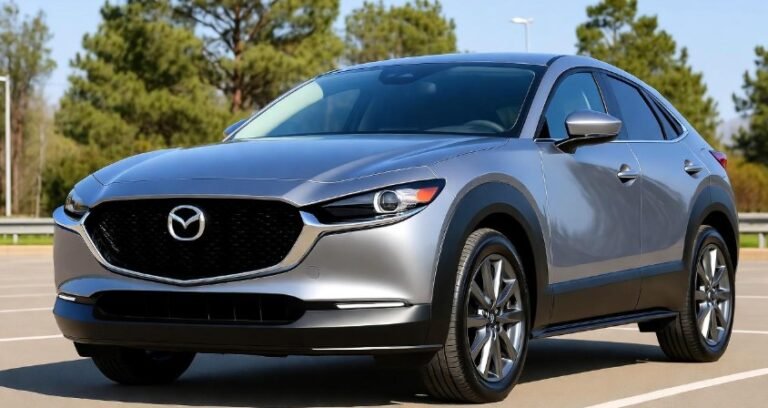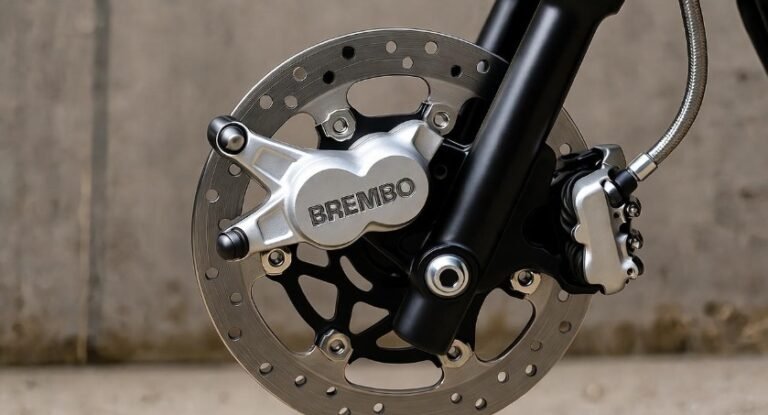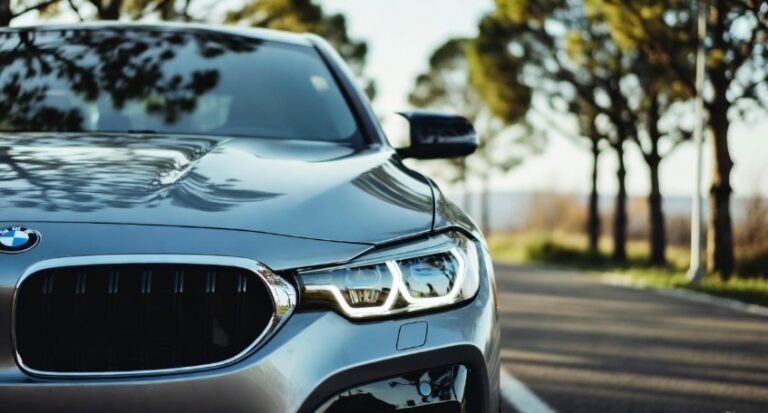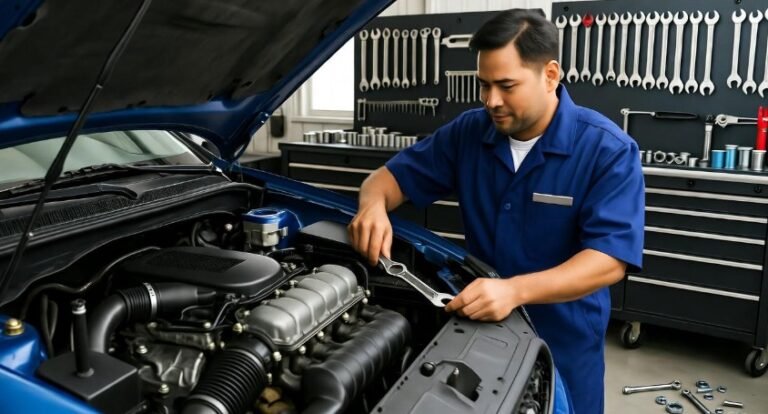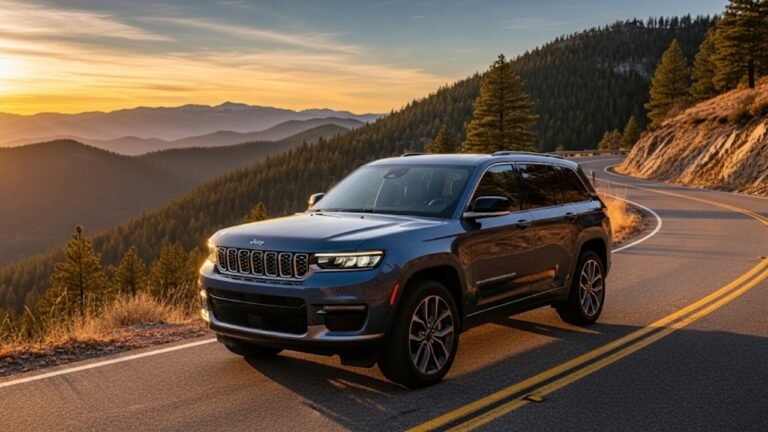Disc Brake And Drum Brake: Which Is Better?
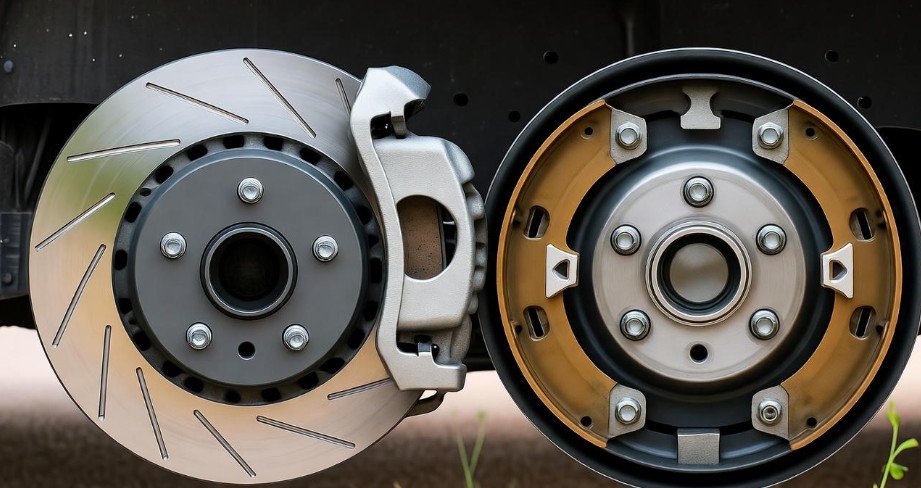
Disc brakes are generally better than drum brakes due to their superior stopping power and heat dissipation, making them the standard on most modern vehicles for good reason.
Key Takeaways
- Understand the fundamental differences between disc and drum brakes.
- Learn how disc brakes offer superior performance and cooling.
- Discover why drum brakes are still used in specific applications.
- Identify the pros and cons of each brake system.
- Gain confidence in your vehicle’s braking technology.
Navigating the world of car maintenance can sometimes feel like deciphering a secret code. You hear terms like “disc brake” and “drum brake,” and wonder what’s really going on behind the scenes to keep you safe on the road. Why do some cars have one type, while others have a different system? It’s a common question with a straightforward answer, and understanding it can make you a more informed driver. At Aautomotives, we break down the complexities to give you clear, actionable insights. We’re here to demystify the mechanics of your vehicle’s braking system, ensuring you understand the crucial role each component plays. Get ready to discover which brake system reigns supreme and where each one shines.
Disc Brake vs. Drum Brake: The Driving Force Behind Your Stop
Your car’s brakes are arguably its most critical safety feature. They work by converting the kinetic energy of your moving vehicle into heat energy through friction, effectively slowing you down or bringing you to a complete stop. The two primary types of braking systems you’ll find on vehicles are disc brakes and drum brakes, though they operate quite differently and offer distinct advantages. Understanding these differences is key to appreciating why modern vehicles overwhelmingly favor one over the other for primary braking duties.
For decades, drum brakes were the go-to for most vehicles. However, as automotive technology evolved and performance demands increased, disc brakes emerged as the superior solution for front wheels and, increasingly, for all four wheels on many cars. Let’s dive into each system to see what makes them tick.
How Disc Brakes Work: Precision and Power
Disc brakes are the modern standard for most vehicles, especially on the front wheels where the majority of braking force is applied. They are known for their efficiency, reliability, and superior performance, particularly in demanding conditions. Imagine a bicycle brake, but on a much grander, more robust scale. That’s essentially what a disc brake system is.
The core components of a disc brake system include:
- Rotor: A flat, circular metal disc that rotates with the wheel.
- Caliper: A clamp-like device that straddles the rotor. It houses the brake pads and contains pistons.
- Brake Pads: Friction material mounted inside the caliper, which press against the rotor.
- Brake Fluid: Hydraulic fluid that transmits the force from the brake pedal to the caliper pistons.
When you press the brake pedal, hydraulic pressure is sent through the brake lines to the pistons within the caliper. These pistons then push the brake pads against both sides of the spinning rotor. This creates friction, slowing the rotor and, consequently, the wheel and the entire vehicle.
One of the biggest advantages of disc brakes is their excellent heat dissipation. Because the rotor is exposed to the air, heat generated during braking can escape more easily. This is crucial for preventing brake fade, a dangerous condition where brakes lose effectiveness due to overheating. For a deeper dive into brake systems and maintenance, resources from the National Highway Traffic Safety Administration (NHTSA) offer valuable insights for vehicle safety.
The Advantages of Disc Brakes
Disc brakes offer a compelling set of benefits that have made them the dominant braking technology in the automotive industry:
- Superior Stopping Power: The design allows for greater pressure to be applied directly to the rotor, resulting in more effective braking.
- Better Heat Dissipation: Open to airflow, disc brakes cool down quickly, reducing the risk of brake fade during heavy use (like descending long hills or during spirited driving).
- Consistent Performance: They are less affected by water and debris compared to drum brakes, providing more reliable stopping in wet conditions.
- Easier Inspection and Maintenance: Brake pads are readily visible and generally simpler to replace than drum brake components.
- Lighter Weight: In many applications, disc brake assemblies can be lighter than their drum brake counterparts.
Understanding Drum Brakes: The Historical Workhorse
Drum brakes, while less common as primary brakes on modern passenger cars, still play a vital role, particularly as parking brakes and on the rear wheels of some economy vehicles or heavy-duty trucks. They operate on a different principle, utilizing a cylindrical drum and brake shoes instead of pads and a rotor.
The key components of a drum brake system include:
- Brake Drum: A hollow, cylindrical drum that rotates with the wheel.
- Wheel Cylinder: A hydraulic cylinder containing pistons that push outward when brake pressure is applied.
- Brake Shoes: Curved metal pieces lined with friction material.
- Return Springs: Springs that pull the brake shoes away from the drum when braking pressure is released.
When you apply the brakes, hydraulic pressure forces the pistons in the wheel cylinder outward. These pistons then push the brake shoes against the inner surface of the rotating brake drum. The friction between the shoes and the drum slows the rotation of the wheel and brings the vehicle to a stop.
Drum brakes are essentially enclosed systems. While this protects the components from elements like dirt and water, it also makes them prone to trapping heat and moisture, which can lead to reduced performance and corrosion over time.
The Pros and Cons of Drum Brakes
Despite their decline in primary braking applications, drum brakes have their own set of advantages and disadvantages:
Advantages:
- Cost-Effective: They are generally cheaper to manufacture than disc brakes.
- Parking Brake Integration: The design makes them well-suited for integration with parking brake mechanisms.
- Self-Energizing Effect: In some designs, the rotation of the drum can help force the brake shoes tighter against the drum, increasing braking force without additional pedal pressure.
Disadvantages:
- Poor Heat Dissipation: The enclosed design traps heat, leading to a higher risk of brake fade under heavy use.
- Performance in Wet Conditions: Water can get trapped inside the drum, significantly reducing braking effectiveness until it evaporates.
- More Complex Maintenance: Adjustments and part replacements can be more intricate than with disc brakes.
- Reduced Stopping Power: Generally offer less stopping power compared to disc brakes of a similar size.
Disc Brake vs. Drum Brake: A Comparison Table
To clearly illustrate the differences, let’s put disc and drum brakes side-by-side:
| Feature | Disc Brakes | Drum Brakes |
|---|---|---|
| Primary Function | Main service brake (front and rear) | Parking brake, rear brake on some older/economy vehicles |
| Components | Rotor, Caliper, Pads | Drum, Shoes, Wheel Cylinder |
| Heat Dissipation | Excellent (open design) | Poor (enclosed design) |
| Performance in Wet | Good (water easily expelled) | Poor (water trapped) |
| Stopping Power | High | Moderate |
| Maintenance Complexity | Simpler | More complex |
| Cost to Manufacture | Higher | Lower |
| Common on Modern Cars | Yes (front and often rear) | No (except for parking brake) |
Hybrid Brake Systems: The Best of Both Worlds?
Many modern vehicles employ a hybrid braking system, utilizing the strengths of both disc and drum brakes. Typically, this means disc brakes are fitted to the front wheels, which handle about 70-80% of the vehicle’s braking load. The rear wheels might be equipped with either disc brakes or drum brakes.
When drum brakes are used on the rear of modern vehicles, they often serve a dual purpose. They act as the primary rear brakes for light to moderate braking, and their internal mechanism is also used to engage the parking brake. This configuration offers a cost-effective solution while still providing adequate stopping power for the rear wheels and a reliable parking brake.
While this hybrid approach has been a common and effective compromise, the trend is increasingly towards four-wheel disc brake systems, even on more budget-conscious vehicles, due to the overall performance and safety benefits that disc brakes provide. The SAFERCAR.GOV website provides further information on vehicle safety equipment, including braking systems.
Which Brake System Is Truly Better?
When directly comparing the two for their primary function – stopping a vehicle during normal driving – disc brakes are unequivocally better than drum brakes. Their superior ability to dissipate heat means they are less prone to performance degradation under stress, making them safer for everyday driving, emergency stops, and spirited journeys. They offer more consistent and powerful braking, particularly in adverse conditions like rain.
However, “better” can also depend on the application. Drum brakes remain a cost-effective and mechanically simple solution for parking brakes and, historically, for rear brakes. Their enclosed nature offers some protection, and their cost savings can be significant for manufacturers building more affordable vehicles.
When to Inspect Your Brakes
Regardless of whether your car has disc, drum, or a combination of brakes, regular inspection is crucial. Here are some signs that indicate it’s time to have your brakes checked:
- Squealing or Grinding Noises: A high-pitched squeal often means the brake pads are worn. Grinding can indicate metal-on-metal contact, which is a serious issue.
- Spongy or Soft Brake Pedal: If your brake pedal feels soft or goes further down towards the floor than usual, it could indicate a problem with the brake fluid or a leak in the system.
- Vibrations or Pulsations: If you feel vibrations or pulsations in the brake pedal or steering wheel when braking, it often points to warped rotors.
- Vehicle Pulling to One Side: If your car pulls to the left or right when you brake, it could be due to a caliper issue or uneven wear.
- Burning Smell: A burning odor after driving, especially after heavy braking, can signal overheating brakes.
Regular maintenance, as outlined in your vehicle’s owner’s manual and recommended by reputable service centers like those you might find through the National Institute for Automotive Service Excellence (ASE), will help ensure your braking system remains in top condition.
Pro Tips:
Check your brake fluid level regularly. Low fluid can indicate a leak or severely worn brake pads. If you need to top it off, use only the type recommended in your owner’s manual. Also, pay attention to the color of your brake fluid; dark or murky fluid may need to be flushed and replaced.
Frequently Asked Questions (FAQ)
What is the primary advantage of disc brakes over drum brakes?
The primary advantage of disc brakes is their superior heat dissipation, which prevents brake fade and ensures more consistent stopping power, especially during demanding use or in wet conditions.
Are drum brakes bad?
Drum brakes are not inherently “bad,” but they are less effective and more prone to overheating than disc brakes. They are still perfectly suitable for their common applications, such as parking brakes or on the rear wheels of less performance-oriented vehicles.
Why do most modern cars have disc brakes on the front?
The front wheels of a vehicle handle approximately 70-80% of the braking force. Disc brakes provide the enhanced stopping power and fade resistance needed for these critical components.
Can I convert my drum brakes to disc brakes?
Yes, conversion kits are available for many vehicles, allowing you to upgrade from drum brakes to disc brakes. This can significantly improve your vehicle’s braking performance and safety, though it can be a costly modification.
How often should I have my brakes checked?
It’s recommended to have your brakes inspected at least once a year or every 12,000 miles, and more frequently if you notice any unusual symptoms like noises, vibrations, or a change in pedal feel.
What is brake fade?
Brake fade is a reduction in braking effectiveness caused by overheating. When brakes get too hot, the friction material can’t generate enough grip, leading to longer stopping distances.
Which type of brake is better for performance driving?
Disc brakes are significantly better for performance driving due to their ability to handle heat and provide consistent, powerful stopping power repeatedly. Many high-performance vehicles feature large, ventilated disc brakes with multi-piston calipers.
Conclusion
In the ongoing discussion of disc brake and drum brake systems, the verdict for primary braking is clear: disc brakes offer superior performance, safety, and reliability. Their advanced design effectively manages heat, provides consistent stopping power, and performs admirably in various conditions, making them the standard on virtually all new vehicles for a reason. While drum brakes still hold their ground in specific applications, particularly as parking brakes, they simply can’t match the overall effectiveness of discs for the critical task of slowing your vehicle down every day. Understanding these differences not only makes you a more knowledgeable car owner but also empowers you to appreciate the engineering that keeps you safe on the road.

